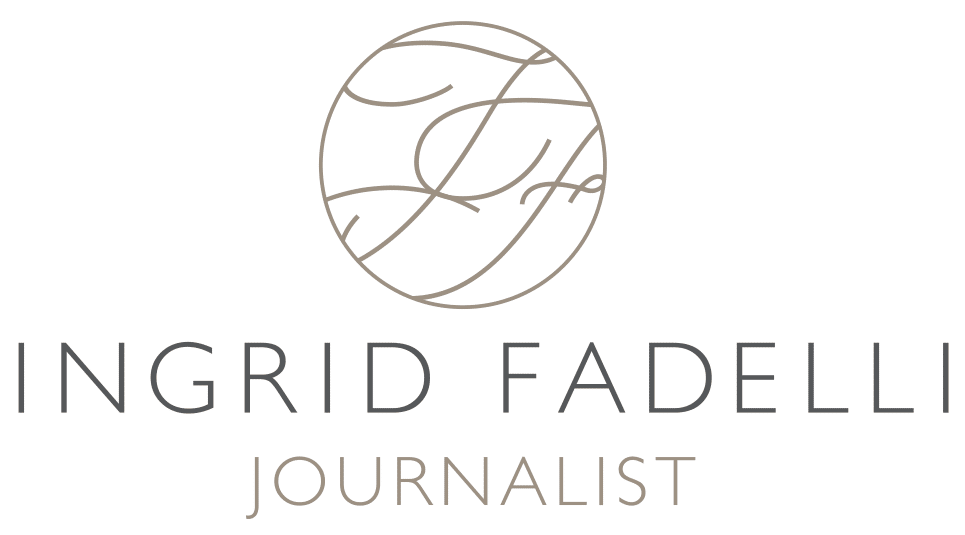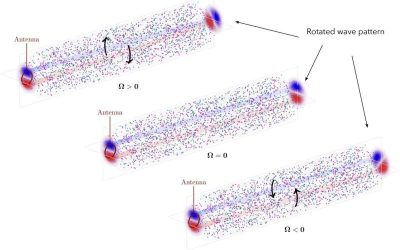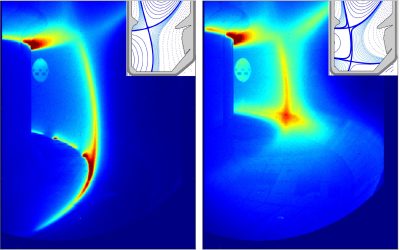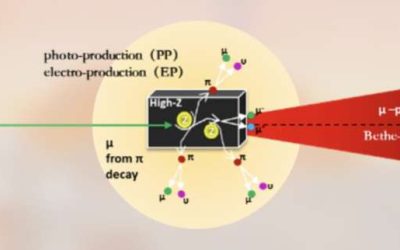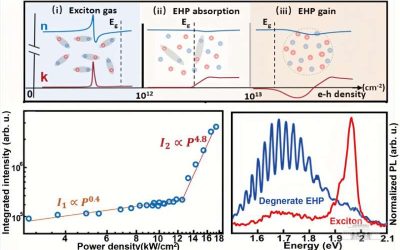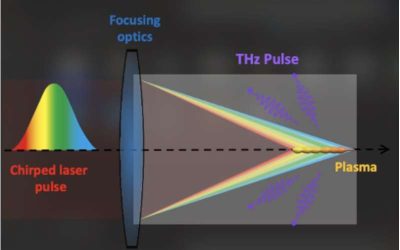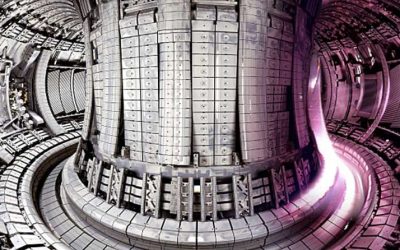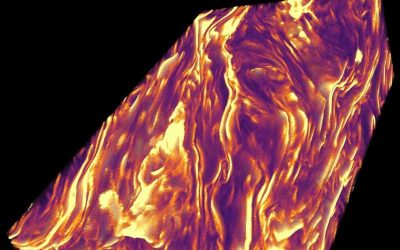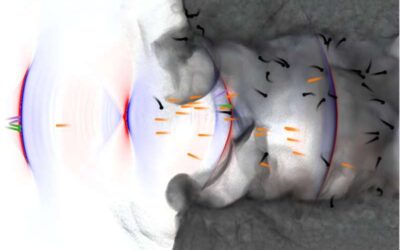Light sometimes appears to be "dragged" by the motion of the medium through which it is traveling. This phenomenon, referred to as "light dragging," is typically imperceptible when light is traveling in most widely available materials, as the movement is significantly...
Plasma Physics
A new type of X-point radiator that prevents tokamaks from overheating
Nuclear fusion reactors are highly powerful technologies that can generate energy by fusing (i.e., joining) two light atomic nuclei to form a heavier nucleus. These fusion reactions release large amounts of energy, which can then be converted into electrical power...
A new method to generate muons with ultra-short high-intensity lasers
Muons are elementary particles that resemble electrons, but they are heavier and decay very rapidly (i.e., in just a few microseconds). Studying muons can help to test and refine the standard of particle physics, while also potentially unveiling new phenomena or...
The first observation of amplified spontaneous emission from electron-hole plasma in 2D semiconductors
Amplified spontaneous emission is a physical phenomenon that entails the amplification of the light spontaneously emitted by excited particles, due to photons of the same frequency triggering further emissions. This phenomenon is central to the functioning of various...
A promising technique to steer laser-produced THz radiation in air
Terahertz radiation (THz), electromagnetic radiation with frequencies ranging from 0.1 and 10 THz, is central to the functioning of various technologies, including imaging, sensing and spectroscopy tools. While THz radiation waves have been manipulated in different...
New family of optimized magnetic fields could display enhanced fusion plasma confinement
Physicists have been trying to design fusion reactors, technologies that can generate energy via nuclear fusion processes, for decades. The successful realization of fusion reactors relies on the ability to effectively confine charged particles with magnetic fields,...
Measuring the gamma-ray-to-neutron branching ratio in the deuterium-tritium reaction
Magnetic confinement fusion devices are technologies that can attain controlled nuclear fusion reactions, using magnetic fields to confine hot plasmas. These devices could contribute to the ongoing transition towards more sustainable energy production methods.
A first definitive demonstration of nonthermal particle acceleration in magnetorotational turbulence
Researchers at KU Leuven, the University of Colorado, Boulder, the Flatiron Institute, and the University of Wisconsin–Madison recently set out to answer a long-standing research question, specifically whether charged particles in the turbulent flows commonly...
How does light interact with matter at extreme intensities, near the Schwinger limit?
The experimental generation of increasingly intense light beams could help to unveil new physical regimes occurring in the presence of very strong electromagnetic fields. While some progress has been made towards this goal, physicists are yet to develop a reliable...
An anomalous relativistic emission arising from the intense interaction of lasers with plasma mirrors
Interactions between intense laser pulses and plasma mirrors have been the focus of several recent physics studies due to the interesting effects they produce. Experiments have revealed that these interactions can generate a non-linear physical process known as...
